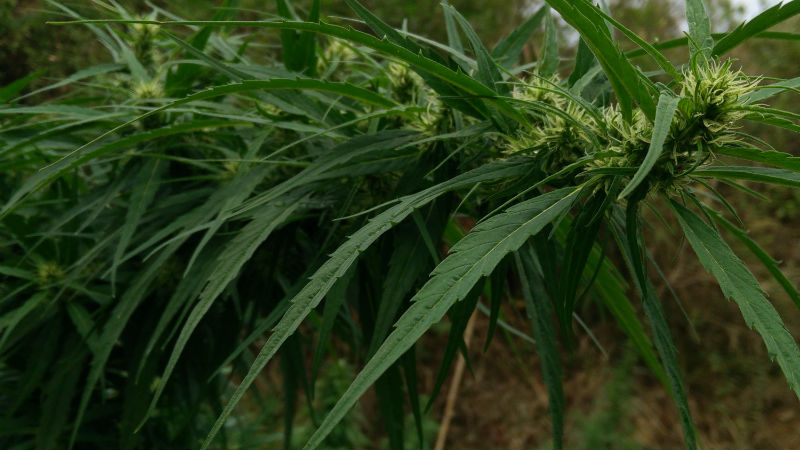The chayote/sayote (Sechium edule), dubbed as the green gold now costs as much as P90 per kilo. This translates to better income, hopefully not only among middlemen but also for farmers. It has been and continues to be the main source of livelihood among many families in Kibungan and Kapangan and in a few barangays of Atok, Benguet; Bauko and Sagada, Mt. Province. That many families have become economically progressive from their chayote income may be the greatest factor for its “green gold” label. From another angle, particularly from the buyer’s eye, chayote indeed proves itself valuable as “gold” with chayote price now at its peak, being sold at a local market for as much as P90.00 per kilo, so unaffordable to many including me. Not so long ago, the price has somewhat stabilized to P30.00 and from then on, this writer found it hard to buy. It has tripled in cost in the past decade, at least at the Trading Post. I remember buying at P0.75 – 1.50 per kilo from the farmer I met on the road to Kibungan 10 years back, allowing me to buy in bulk for distribution. Not anymore now.
Nutritionally, the chayote fruit is mostly water with some nutrients, some of which are lower than what can be obtained from other local vegetables. The shoots are higher in most nutrients compared with the fruit but not for sodium and sugar. Compared with equal amounts of pechay and watercress, the chayote shoots contain higher amounts of protein, phosphorus and beta-carotene on an equal weight basis. It has higher content of iron, beta carotene and vitamin B compared with the wombok. On the other hand, the chayote fruit has more carbohydrates, beta-carotene and calcium than cucumber. Protein, phosphorus and calcium are lower compared to green cabbage, cucumber and beans. Vitamin C content of chayote fruit is higher than that in cucumber and beans but lower compared to cabbage. It can be compared with many other locally available crops using the Food Composition Table (FNRI, 2019). Data thus show that somehow, the chayote fruit contains other nutrients in addition to water. Some claims have been reported about its flavonoid and polyphenols content. The lower calorie content makes it ideal for those who need to reduce their calorie intake.
Though generally lower in some nutrients, it is a more resilient crop from farm to market and households. It is noteworthy to mention that the chayote fruit in the Cordilleras has also reached many other regions both at ordinary and calamity times. That chayote fruit and leaves can be stand-alone via and or added in many dishes, bakery and processed products. Twenty chayote products were recently developed and standardized, through a recently concluded research led by this writer with funds from the DOST-CAR. Yesterday, a group of nutrition students defended their study on pandesal enhanced with chayote. Shoots or leaves, chayote definitely adds variety and nutrients daily.
Let us grow local and buy local, noting that the availability of many nutrients in a food item can be affected by handling from farm to plate.














